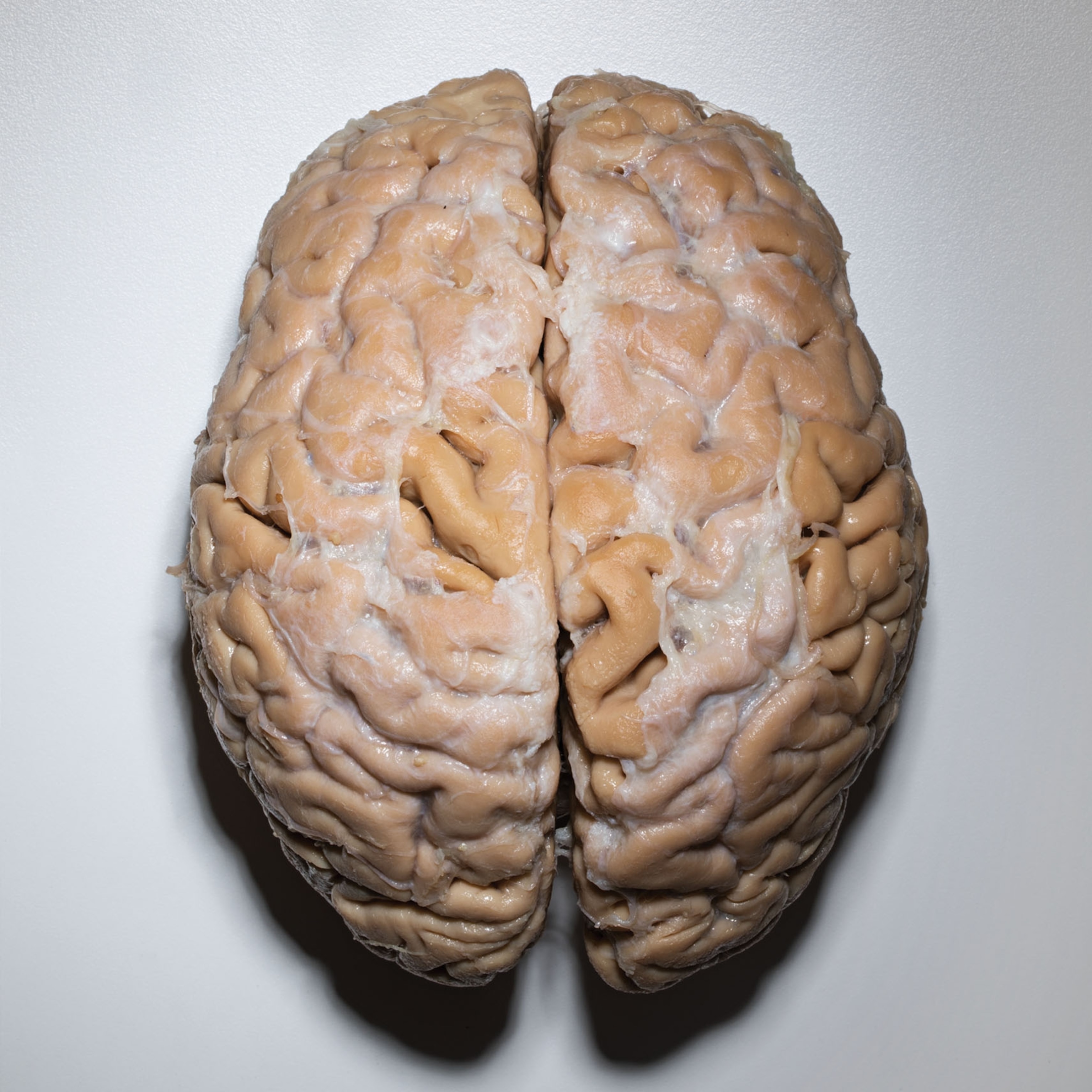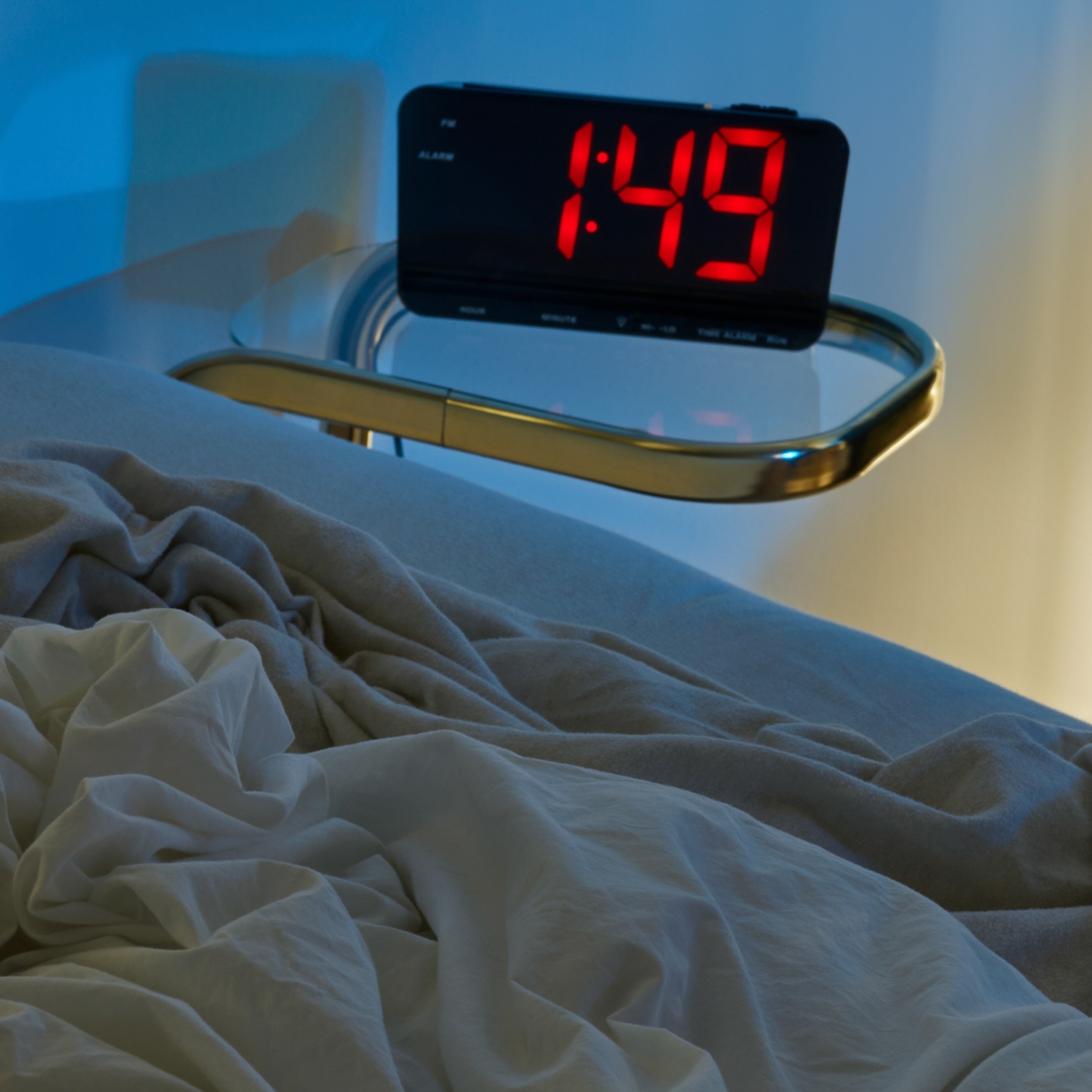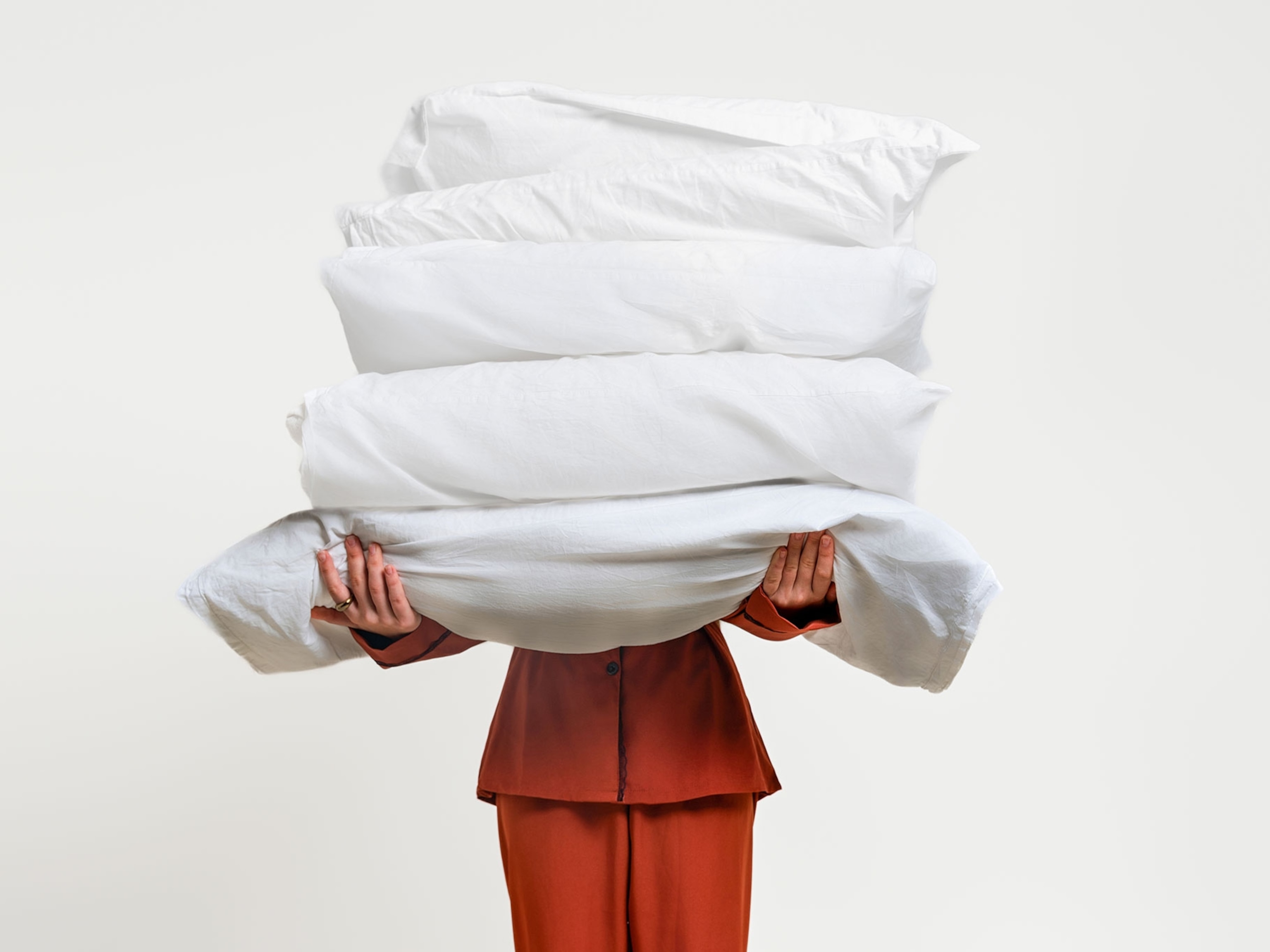
People Without Electricity Don’t Get 8 Hours’ Sleep Either
A study of modern-day groups with a gadget-free lifestyle casts doubt on our notions of preindustrial snoozing.
Don’t blame the lure of a glowing smartphone for keeping you up too late. Even people without modern technology don’t sleep the night away, new research says.
Members of three hunter-gatherer societies who lack electricity—and thus evenings filled with Facebook, Candy Crush, and 200 TV channels—get an average of only 6.4 hours of shut-eye a night, scientists have found. That’s no more than many humans who lead a harried industrial lifestyle, and less than the seven to nine hours recommended for most adults by the National Sleep Foundation.
People from these groups—two in Africa, one in South America—tend to nod off long after sundown and wake before dawn, contrary to the romantic vision of life without electric lights and electronic gadgets, the researchers report in Thursday’s Current Biology.
“Seeing the same pattern in three groups separated by thousands of miles on two continents (makes) it pretty clear that this is the natural pattern,” says study leader and sleep researcher Jerome Siegel of the University of California, Los Angeles. “Maybe people should be a little bit more relaxed about sleeping. If you sleep seven hours a night, that’s close to what our ancestors were sleeping.”
Previous research has linked lack of sleep to ills ranging from poor judgment to obesity to heart disease. The rise of mesmerizing electronic devices small enough to carry into bed has only heightened worries about a modern-day epidemic of bad sleep. One recent study found that after bedtime sessions with an eBook reader, test subjects took longer to fall asleep and were groggier in the morning than when they’d curled up with an old-fashioned paper book.
Early to Bed
Many scientists argue that artificial lighting curtailed our rest, leading to sleep deficits. But Siegel questioned that storyline. He was studying the sleep of wild lions when he got the inspiration to monitor the sleep of pre-industrial people, whose habits might provide insight into the slumber of early humans.
Siegel and his colleagues recruited members of Bolivia’s Tsimane, who hunt and grow crops in the Amazonian basin, and hunter-gatherers from the Hadza society of Tanzania and the San people in Namibia. These are among the few remaining societies without electricity, artificial lighting, and climate control. At night, they build small fires and retire to simple houses built of materials such as grass and branches.
The researchers asked members of each group to wear wristwatch-like devices that record light levels and the smallest twitch and jerk. Many Tsimane thought the request comical, but almost all wanted to participate, says study co-author Gandhi Yetish of the University of New Mexico. People in the study fell asleep an average of just under three and a half hours after sunset, sleep records showed, and mostly awakened an average of an hour before sunrise.
The notable slugabeds are the San, who in the summer get up an hour after sunrise. The researchers noticed that at both the San and Tsimane research sites, summer nights during the study period lasted 11 hours, but mornings were chillier in the San village. That fits with other data showing the three groups tend to nod off when the night grows cold and rouse when temperature bottoms out before dawn.
Our time to wake and our time to sleep, Siegel says, seem to be dictated in part by natural temperature and light levels—and modern humans are divorced from both. He suggests some insomniacs might benefit from re-creating our ancient exposure to warmth and cold.
Though the San, Tsimane, and Hadza often average less than seven hours of sleep, they seem to be getting enough sleep. They seldom nap, and they don’t have trouble dozing off. The San and Tsimane languages have no word for insomnia, and when researchers tried to explain it to them, “they still don’t seem to quite understand,” Siegel says.
So what are they doing in the hours after dark? The Tsimane eat, chat and sometimes weave or even hunt, Yetish says. The Hadza connect with family and friends after days hunting for tubers, game and wild honey, says study co-author and anthropologist Brian Wood of Yale University.
For the Hadza, the nights are “when you mull over what you did that day, what you saw, what you might want to do the next day,” Wood says. "It’s a nice time, a time when people are really chatting,” he says, and sometimes singing and dancing in “a sort of party at night."
Modern Sleepyheads
Other scientists think Siegel’s team is on to something. The connection between temperature and sleep seems plausible, says neuroscientist Horacio de la Iglesia of the University of Washington. But he's skeptical of the claim that industrialized societies get the same amount of sleep as hunter-gatherers.
“It’s undeniable that industrialization has shortened our sleep,” he says, citing his own recent study of the indigenous Toba/Qom people in rural Argentina. Those without electricity go to sleep earlier than those who have it, he says.
Sleep researcher Christoph Nissen of the University of Freiburg says that though he’s surprised that the three groups sleep as little as they do, the new study represents some of the first solid information on how Stone Age people might have slept.
The study suggests that seven hours of sleep and even less can be sufficient, Nissen says. That’s “not a mainstream message,” he acknowledges, “but it’s important to challenge these mainstream views with new scientific data."
"We should relax, and we should not hold the assumption that everything gets worse in our modern society.”








